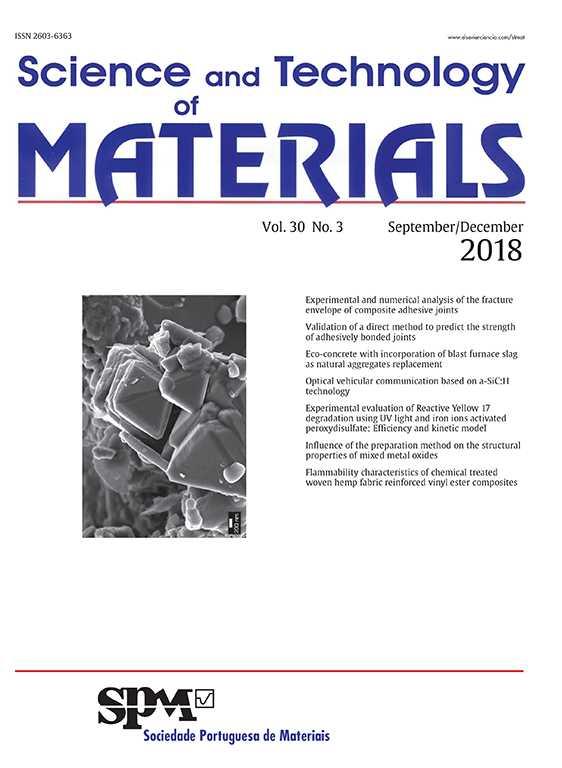Metal matrix composites (MMCs) are a new class of materials that exhibit good wear resistance and high hardness. Since the wear resistance and hardness are surface properties, if the reinforcing particles are only added to the surface layer instead of bulk, the wear resistance and surface hardness can be improved without sacrificing the bulk properties.
In this study, was attempted to incorporate micro-sized SiC particles into an AA2024-T351 aluminium alloy by a friction stir processing (FSP) to form surface composite layer. The SiC particles (average particle size of 22.7μm) were packed into a groove of 1.5mm width and 1.5mm depth cut on the aluminium plate. The influence to probe several strategies for reinforcement (number and direction of passes) on the particle distribution and homogeneity was studied.
Microstructural observations were carried out by employing both optical and scanning electron microscopy. In addition, the Electron Backscatter Diffraction (EBSD) technique was used to obtain crystallographic data as crystal orientation, grain size distribution and texture. The results have confirmed the refinement of grain produced in the nugget region of the processed alloy. On the other hand, although there is not an increase of hardness, surface composite layer presents better wear resistance than the aluminium base alloy as indicated by a lower specific wear rate (27%).





